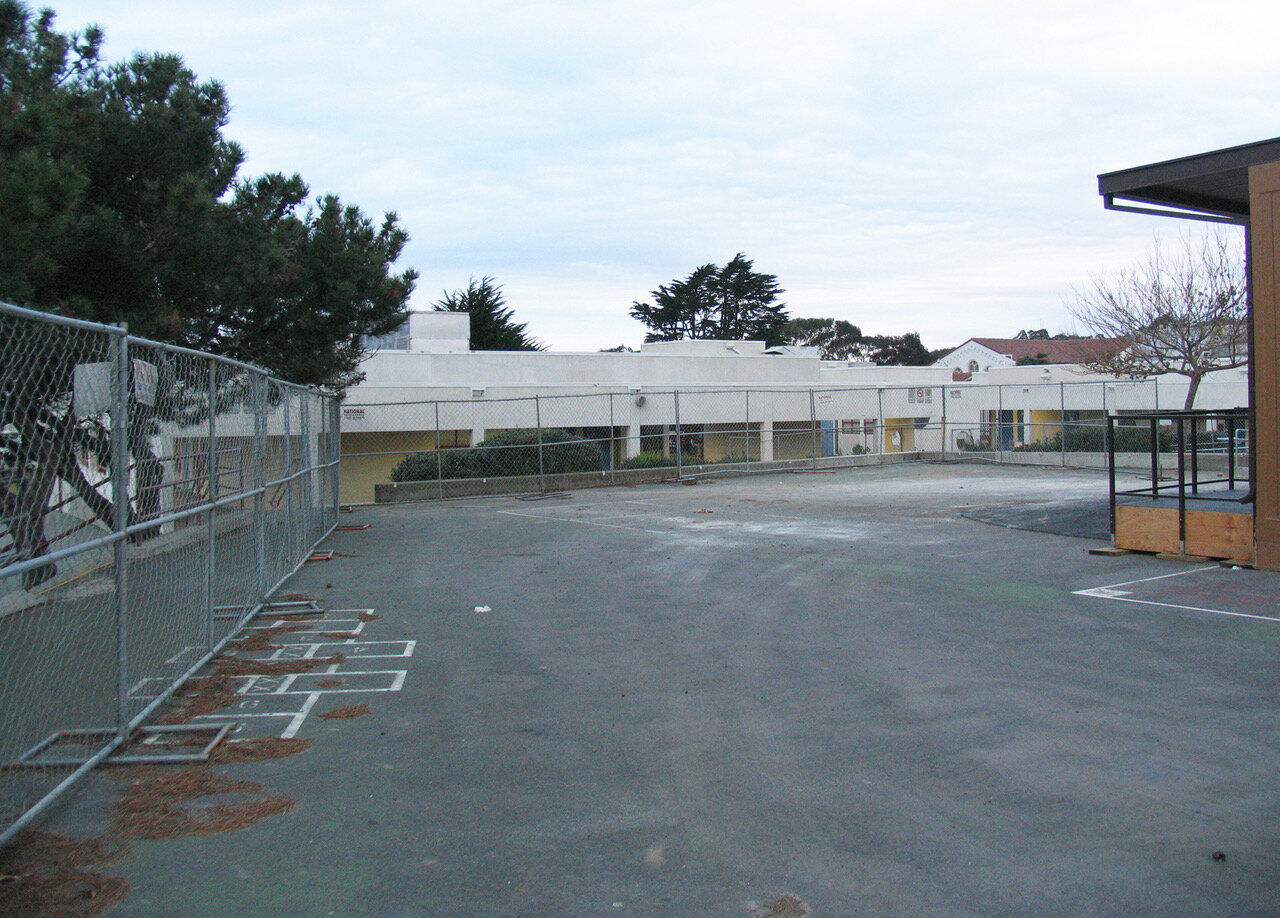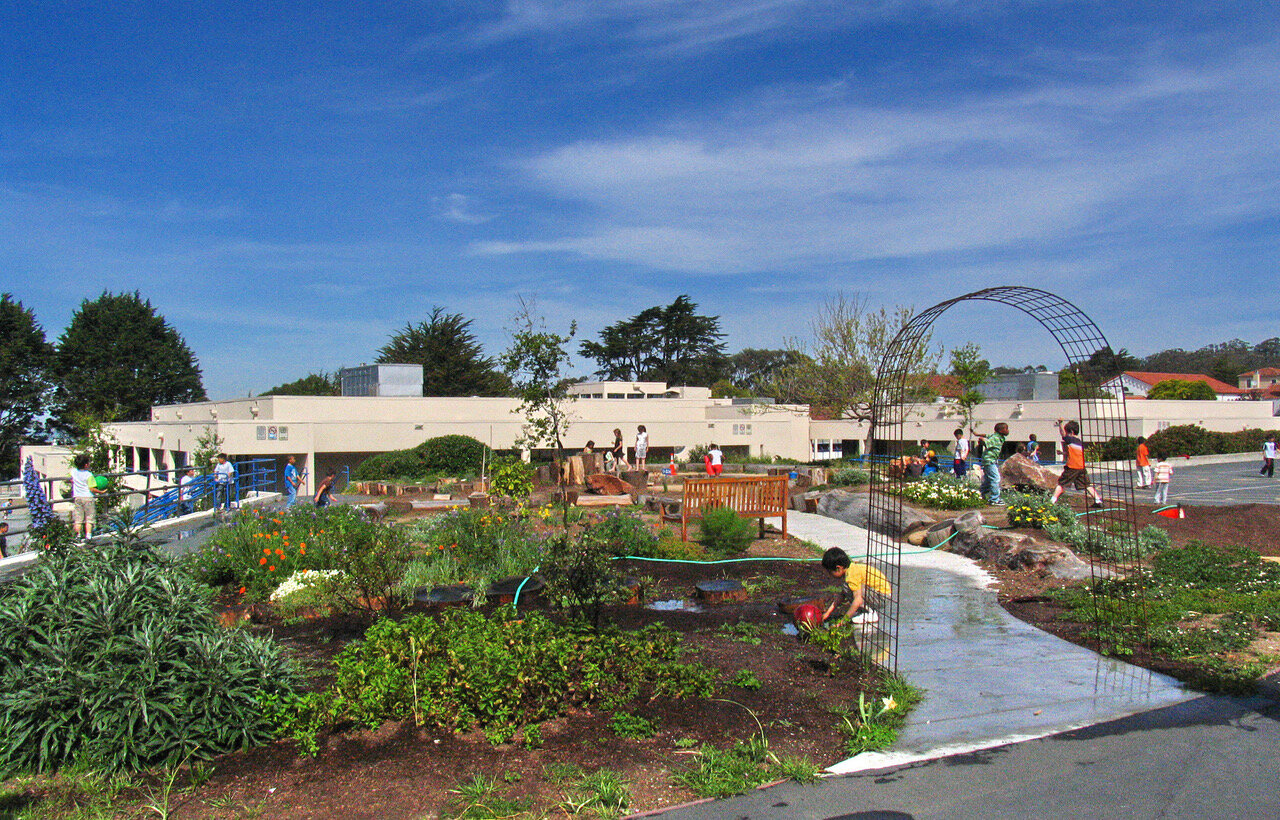You don’t have to look too far to find a headline reminding you that now is the time to make charitable contributions. For many reasons, including taxes, the end of the year is when we typically reach into our wallets and donate.
Last year, U.S. donors gave more than $3 billion on GivingTuesday alone, a record for the day of philanthropy that falls on the Tuesday after Thanksgiving. With fundraising power like that, it’s no surprise that GivingTuesday is a key part of nonprofit donor drives at the end of the year.
Of course, giving is not just a one and done. GivingTuesday, which launched in 2012 as a way to encourage people to give back, has spawned a “global generosity movement” that extends well beyond a single day.
Truly, our hearts are always open to helping—whether it’s at home, next door, or a world away. I’ve certainly found that to be true in my work.
Over the past few months, we’ve shared stories about the giving landscape, including how it’s changed since the beginning of the COVID pandemic. From crowdfunding campaigns to personal foundations to socially conscious nonprofits, we’ve highlighted the thoughtful and meaningful ways people are making a difference today.
In fact, the desire to improve lives is a key reason people give. Research shows we genuinely want to play a part in making the world a better place.
For my friend Sharon Martinelli, that meant giving to a crowdfunding campaign on GoFundMe so a woman faced with medical bills could have some financial peace of mind.
Like Sharon, more and more people are becoming medical angels, and sites like GoFundMe, the largest platform for medical crowdfunding, are making it easier. Many donors, including Sharon, say they feel a bond with the people they are supporting.
Connections—to a person, to an organization, to a cause—play an important part in philanthropy. One of the joys of my work is helping people connect their values and beliefs with their giving.
In a story about setting up a foundation, we introduced you to a donor we called Ben. Ben’s values have always driven his giving decisions.
By establishing a private foundation, Ben was able to stay in control of his contributions, gain tax advantages, and support causes dear to him, such as education and health care.
Those two areas also figure prominently in Americans’ overall giving. Last year, individuals contributed nearly two-thirds of the $500 billion directed to charity, with education and health landing in the top five categories, according to Giving USA’s annual philanthropy report.
Yet, unfortunately, too often we feel like our donations are not producing the societal change we want and hope to see.
The nonprofit, nonpartisan group RepresentUs is working on a solution. In a guest column, Lauren Bartolozzi, the organization’s vice president of development, wrote that a dysfunctional political system contributes to the problem by incentivizing the wrong things.
But—and it’s an important but—Lauren says we can turn things around by working together for a stronger democracy. We can be the change we want to see in the world. In this season of giving and gratitude, that sounds like just the right message.
As you review your year-end giving, are your donations where you want them to be?
Do they match your beliefs and values? To help you decide:















